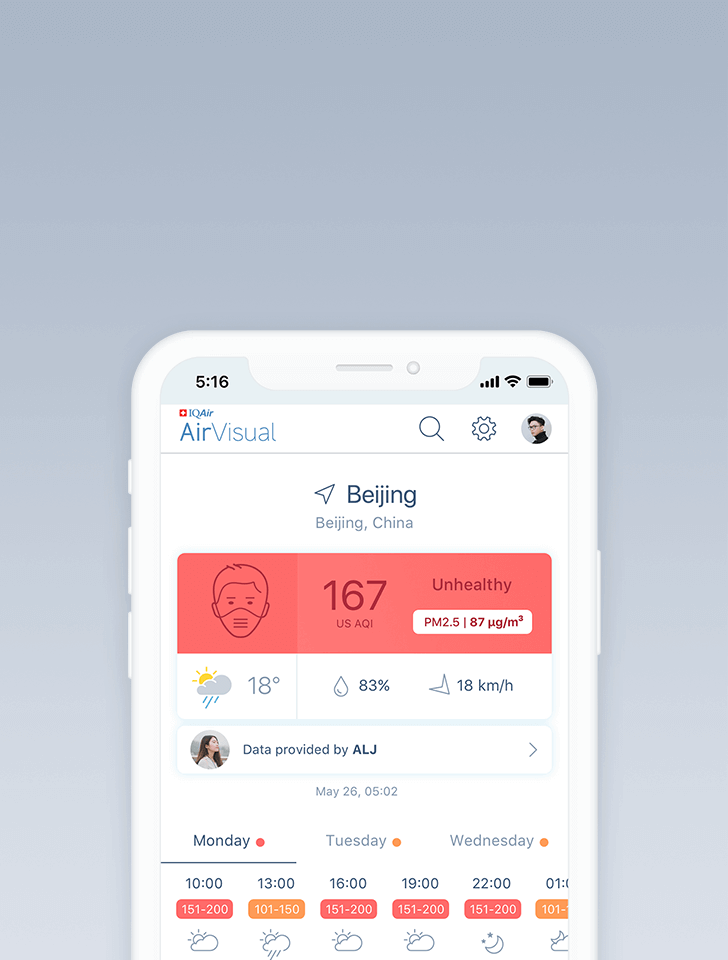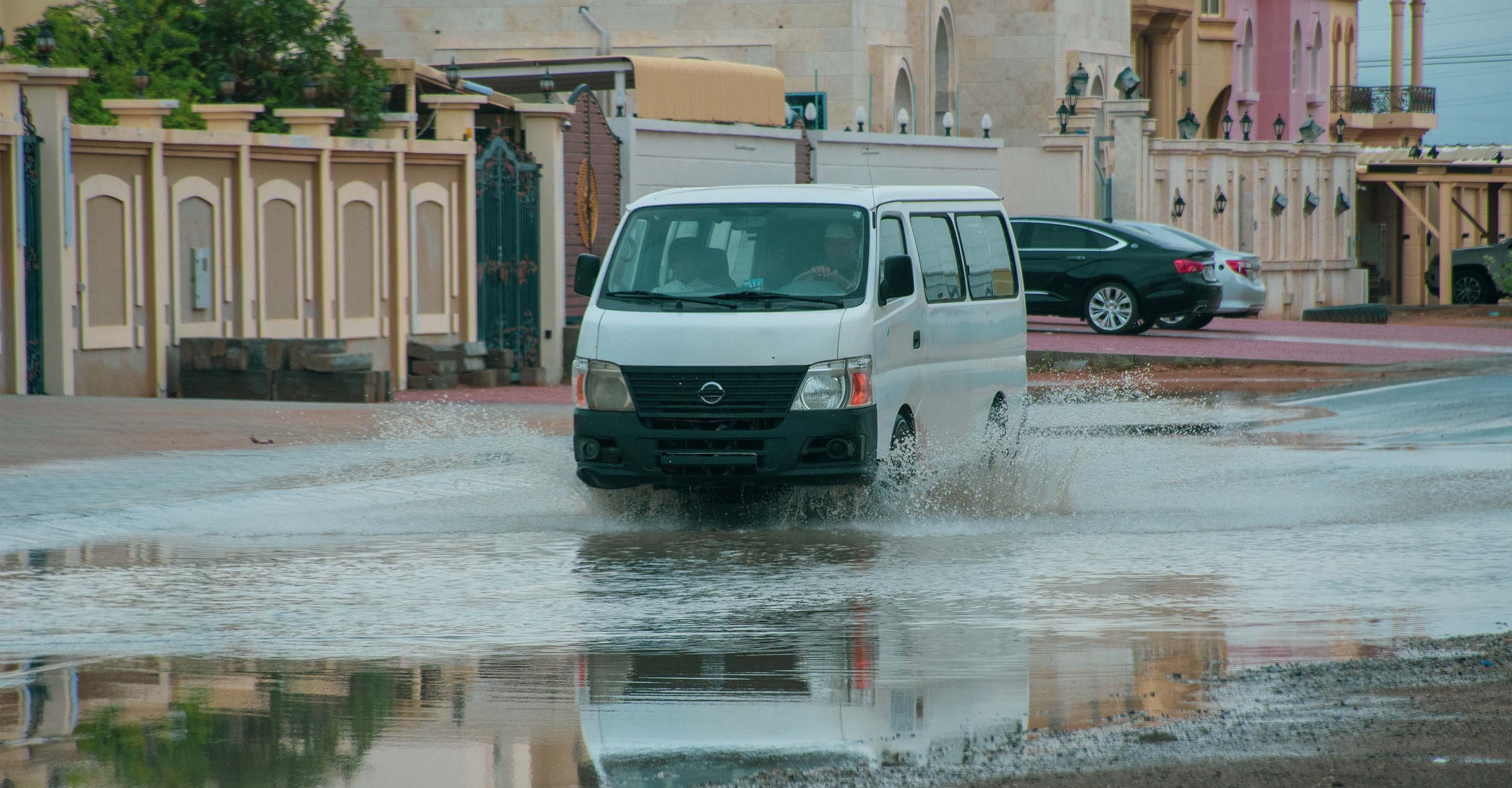Air quality in Pingdingshan
Air quality index (AQI) and PM2.5 air pollution in Pingdingshan
31.2K people follow this city

Pingdingshan Air Quality Map
Real-time Pingdingshan air pollution map
Weather
What is the current weather in Pingdingshan?
| Weather | Broken clouds |
| Temperature | 69.8°F |
| Humidity | 49% |
| Wind | 5.8 mp/h |
| Pressure | 29.7 Hg |
live aqi city ranking
Real-time China city ranking
| # | city | US AQI |
|---|---|---|
| 1 | Jilin, Jilin | 214 |
| 2 | Bayan Nur, Inner Mongolia | 191 |
| 3 | Yangcun, Tianjin | 165 |
| 4 | Zigong, Sichuan | 163 |
| 5 | Wuhan, Hubei | 162 |
| 6 | Caidian, Hubei | 161 |
| 7 | Changli, Hebei | 159 |
| 8 | Fangshan, Beijing | 156 |
| 9 | Jingmen, Hubei | 156 |
| 10 | Huanggang, Hubei | 155 |
(local time)
SEE WORLD AQI RANKING3D animated air pollution map

live Pingdingshan aqi ranking
Real-time Pingdingshan air quality ranking
| # | station | US AQI |
|---|---|---|
| 1 | Xinhua Hostel | 117 |
| 2 | Shilong District | 107 |
| 3 | Planning Bureau | 93 |
| 4 | Planning and design institute | 74 |
| 5 | Pingdingshan Institute of Technology | 65 |
(local time)
SEE WORLD AQI RANKINGUS AQI
93
live AQI index
Moderate
Overview
What is the current air quality in Pingdingshan?
| Air pollution level | Air quality index | Main pollutant |
|---|---|---|
| Moderate | 93 US AQI | PM2.5 |
| Pollutants | Concentration | |
|---|---|---|
| PM2.5 | 32µg/m³ | |
| PM10 | 70µg/m³ | |
| O3 | 103µg/m³ | |
| NO2 | 18µg/m³ | |
| SO2 | 6µg/m³ | |
| CO | 400µg/m³ | |
PM2.5
x6.4
PM2.5 concentration in Pingdingshan is currently 6.4 times the WHO annual air quality guideline value
Health Recommendations
What is the current air quality in Pingdingshan?
| Sensitive groups should reduce outdoor exercise | |
| Close your windows to avoid dirty outdoor air GET A MONITOR | |
| Sensitive groups should wear a mask outdoors GET A MASK | |
| Sensitive groups should run an air purifier GET AN AIR PURIFIER |
Forecast
Pingdingshan air quality index (AQI) forecast
| Day | Pollution level | Weather | Temperature | Wind |
|---|---|---|---|---|
| Monday, Apr 22 | Unhealthy for sensitive groups 101 AQI US | 82.4° 59° | ||
| Tuesday, Apr 23 | Unhealthy for sensitive groups 102 AQI US | 75.2° 60.8° | ||
| Wednesday, Apr 24 | Unhealthy for sensitive groups 112 AQI US | 80.6° 55.4° | ||
| Today | Moderate 93 AQI US | 84.2° 62.6° | ||
| Friday, Apr 26 | Unhealthy for sensitive groups 108 AQI US | 87.8° 60.8° | ||
| Saturday, Apr 27 | Unhealthy for sensitive groups 119 AQI US | 89.6° 64.4° | ||
| Sunday, Apr 28 | Unhealthy for sensitive groups 116 AQI US | 77° 62.6° | ||
| Monday, Apr 29 | Unhealthy for sensitive groups 111 AQI US | 71.6° 62.6° | ||
| Tuesday, Apr 30 | Moderate 65 AQI US | 66.2° 48.2° | ||
| Wednesday, May 1 | Moderate 67 AQI US | 69.8° 51.8° |
Interested in hourly forecast? Get the app
AIR QUALITY ANALYSIS AND STATISTICS FOR Pingdingshan
What is the state of the air pollution in Pingdingshan?
Pingdingshan is a prefecture-level city in central Henan province, China. Pingdingshan means “mountain with a flat top” and as such, the city is named after a nearby plateau, the top of which is very flat. As a prefecture-level city, it oversees and controls 4 districts, 2 county-level cities and 4 counties. A census conducted in 2010 estimated the population to be almost 5 million out of which 1.7 million live in the metropolitan area although this figure will no doubt have increased during the last 11 years. The area around Pingdingshan has extensive mineral resources such as coal, manganese, salt, iron, aluminium, fluorite and gypsum. There are also approximately 10.3 billion tons of coal reserves in the area which make it the largest coalfield in the entire south and east of China. Salt and limestone are two other resources found in abundance here.
During the first half of 2021, Pingdingshan was experiencing a period of “Unhealthy” air with a US AQI reading of 151. This classification is in accordance with the guidelines established by the World Health Organisation (WHO). When deciding on how polluted the air is, there are six main pollutants that are measured and used as a benchmark when comparing other cities/areas. The recorded concentrations of those six pollutants are as follows: PM2.5 - 55.5 µg/m³, PM10 - 80 µg/m³, ozone (O3) - 56 µg/m³, nitrogen dioxide (NO2) - 25.5 µg/m³, sulphur dioxide (SO2) - 10 µg/m³ and carbon monoxide (CO) - 600 µg/m³. The figures are stated as microns/micrograms per cubic metre.
The advice given to the general public when air pollution is at these elevated levels is to stay indoors as much as possible and close doors and windows to prevent the ingress of more dirty air into the rooms. Consider using an air purifier if you have access to one. Those groups of people who are extra sensitive to pollutants should avoid venturing outside until the air quality improves. The table at the top of this page will help you plan ahead as to when the air is cleaner. Even healthy people are advised to avoid strenuous outdoor exercise until the air quality improves.
Do the seasons of the year affect the air quality in Pingdingshan?
Air pollution can be very volatile as it is affected by many things and can change within a very short period of time. The recorded figures for 2020 have just been released by the Swiss company IQAir.com on its website. On closer examination of the table of figures, it can easily be seen that the best quality air is enjoyed through the summer months from the beginning of May until the end of September. The quality for this period was “Moderate” with figures between 12.1 and 35.4 µg/m³. The air quality during spring was slightly worse with figures between 35.5 and 55.4 µg/m³ which put it in the “Unhealthy for sensitive groups” classification. As expected, the colder winter months from October through to the end of February saw the worst quality with “Unhealthy” levels between 55.5 and 150.4 µg/m³.
Records were first kept in 2017 when the recorded annual average was 67.3 µg/m³, a slight improvement was seen the following year with a figure of 65.1 µg/m³. The year 2019 saw another improvement when the annual figure was 60.1 µg/m³ and another fall was seen in 2020 when the mean figure was just 51.2 µg/m³. But this could be artificially lower because of the restrictions imposed due to the COVID-19 pandemic which restricted the movement of private vehicles and suspended some industrial activity.
Where does all this polluted air come from in Pingdingshan?
As is the case with most large industrialised cities, the bulk of air pollution comes from human activity. Vehicle emissions, factory emissions and emissions from power generating sites. Dust rising from dry roads adds to this cocktail.
This is especially true for Pingdingshan because of the huge amount of minerals that are found in the surrounding areas. It is estimated that there are over 24 billion tons of limestone in the province which makes it a major producer of cement and related products.
The province is also the second-largest producer of salt with estimated reserves of over 230 billion tons.
Can anything be done to lower the level of polluted air in Pingdingshan?
The Municipal Bureau of Housing and Urban-rural Construction shall increase on-site supervision of building construction, road construction, building demolition, etc., increase the frequency of spraying water on construction sites to reduce dust, reduce the scale of earth excavation and implement mechanised washing of the entrance and exit roads to construction sites. Garbage, waste materials, etc.; prohibit the burning of garbage and fallen leaves, increase the frequency and scope of road mechanised cleaning (flushing), reduce manual cleaning; take measures such as watering, covering, and sealing of material piles in open transportation vehicles in order to prevent dust pollution. They shall strengthen the supervision of vehicles transporting coal, sand and gravel and other easily scattered powdered materials around the urban area. Those vehicles that have not taken dust-proof measures such as covering will be prohibited from passing.
The police force on duty will be increased in major traffic congestion sections who will promptly and effectively monitor traffic, shorten the idling times of motor vehicles to reduce motor vehicle exhaust pollution. Intensify law enforcement on road traffic, and prevent freight vehicles from entering the urban area in violation of regulations.
How does the air pollution in Pingdingshan affect human health?
Today, air pollution has become an unavoidable reality in the lives of urban residents all over the world. With the development of industrial civilisation and cities, while industry is creating huge wealth for mankind, it also discharges billions of tons of waste gas and other waste materials into the atmosphere. The atmosphere on which mankind depends has become an air trash depot and poisonous gas repository.
Nearly 90 per cent of air pollution-related deaths occur in low- and middle-income countries, and nearly two-thirds are in Southeast Asia and the Western Pacific regions.
94 per cent are caused by non-communicable diseases, especially cardiovascular disease, stroke, chronic obstructive pulmonary disease and lung cancer. Air pollution also increases the risk of severe acute respiratory infections.
Indoor air pollution is serious, which can easily cause respiratory diseases, chronic lung diseases, bronchitis and other diseases. Therefore, people should be paying more and more attention to indoor air quality.





